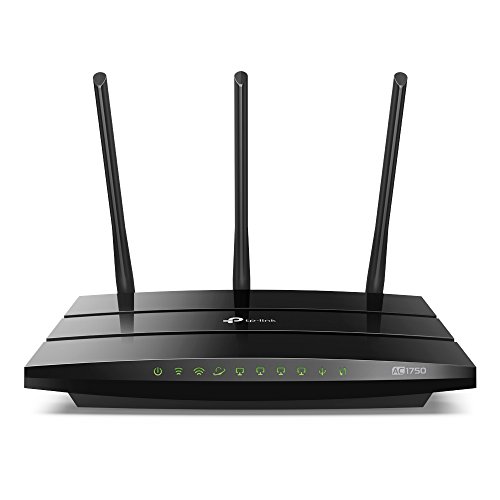How to Fix Packet Loss
How one fixes packet loss depends upon what is causing the packet loss. Honestly, I get the impression that packet loss is usually the fault of Internet service providers (ISPs). If this is the case, there's nothing you can do about it other than convincing your ISP to fix their issue (often a daunting task) or to switch ISPs (sadly not an option for many). However, you can troubleshoot your issue anyway to make sure it's not your fault. Maybe that will help convince your ISP too.
First, make sure you're not just overtaxing your connection. Try doing more tests with smaller sizes and less frequent packets to see if it works well with less intense usage. You also might check if you are using too much bandwidth:
- Run a speed test to find your max bandwidth, probably either on Speedtest or Fast.com.
- Compare your current bandwidth use some way:
- Check your router's bandwidth page. Usually this is at 192.168.1.1 or maybe 192.168.0.1, but how exactly that all works varies a lot by router. Checking on the router is the best option as it has the advantage of showing all devices connected to the network.
- On Windows, open Resource Monitor and check the Network tab or open Task Manager and check the Performance tab.
- On MacOS, open Activity Monitor and check the Network tab.
- On Linux, there are many tools you might want to use such as bmon, slurm, tcptrack, ifotp, nethogs, speedometer, iptraf, and a ton more. If you're using Linux, you should probably be able to figure this out on your own.
- On Ubuntu or Mint, you can also open System Monitor and check the Resources.
If your usage is high compared to your maximum bandwidth, try using less and see if that fixes the packet loss. Or you could buy more bandwidth from your ISP if that's an option for you.
Next, test all of your hardware. See if it works on other computers on your network. Try plugging your modem (or wherever your Ethernet connection comes from) directly into your computer if possible. If that does fix it, then try replacing your router or wireless card.
For new routers, I recommend the Linksys WRT AC3200 on the higher-end, the GL.iNet GL-AX1800 in the middle, and the TP-Link AC1750 on the lower-end.
For network cards, I recommend the GIGABYTE GC-WBAX210—it even supports Bluetooth! If for some reason you really can't use a PCIe card, I'd pick the TP-Link AC600. It has been good in my experience. You could try the OURLINK AC600 if you want something lower profile, although that would be weaker.
If a new adapter doesn't fix it, you could try using a new cable. Using Ethernet should guarantee a perfect connection. In case you need to plug in a wired connection, but only have USB ports available, USB to Ethernet adapters usually work well (even for the Nintendo Switch). Such are also available in USB-C.
Please be aware that I get paid if you use my links. I also have further networking recommendations on my personal site.
If it doesn't work over Ethernet, it's probably on your ISP's end, and it will need to fix it. You should try calling them, letting them know your problems and what you have tried, and praying they will do something about it.

- Affordable option that can still handle high-speed Internet (450Mbps for 2.4GHz, 1300Mbps for 5GHz)
- 3 external antennas for long range Wi-Fi
- 4 Gigabit LAN ports, giving fast access to multiple connected wired devices
- Solid, reliable router proven by the test of time

- Wi-Fi 6 supports wireless speeds up to 6 Gbps (Or as fast as your ISP supports)
- Built-in Wireguard VPN and OpenVPN support
- Enables easy network-wide adblocking
- High storage capacity, catering to over 100 devices and fulfilling DIY users seeking to install additional plugins
- 4 LAN ports, split between 1Gbps and 2.5Gbps
